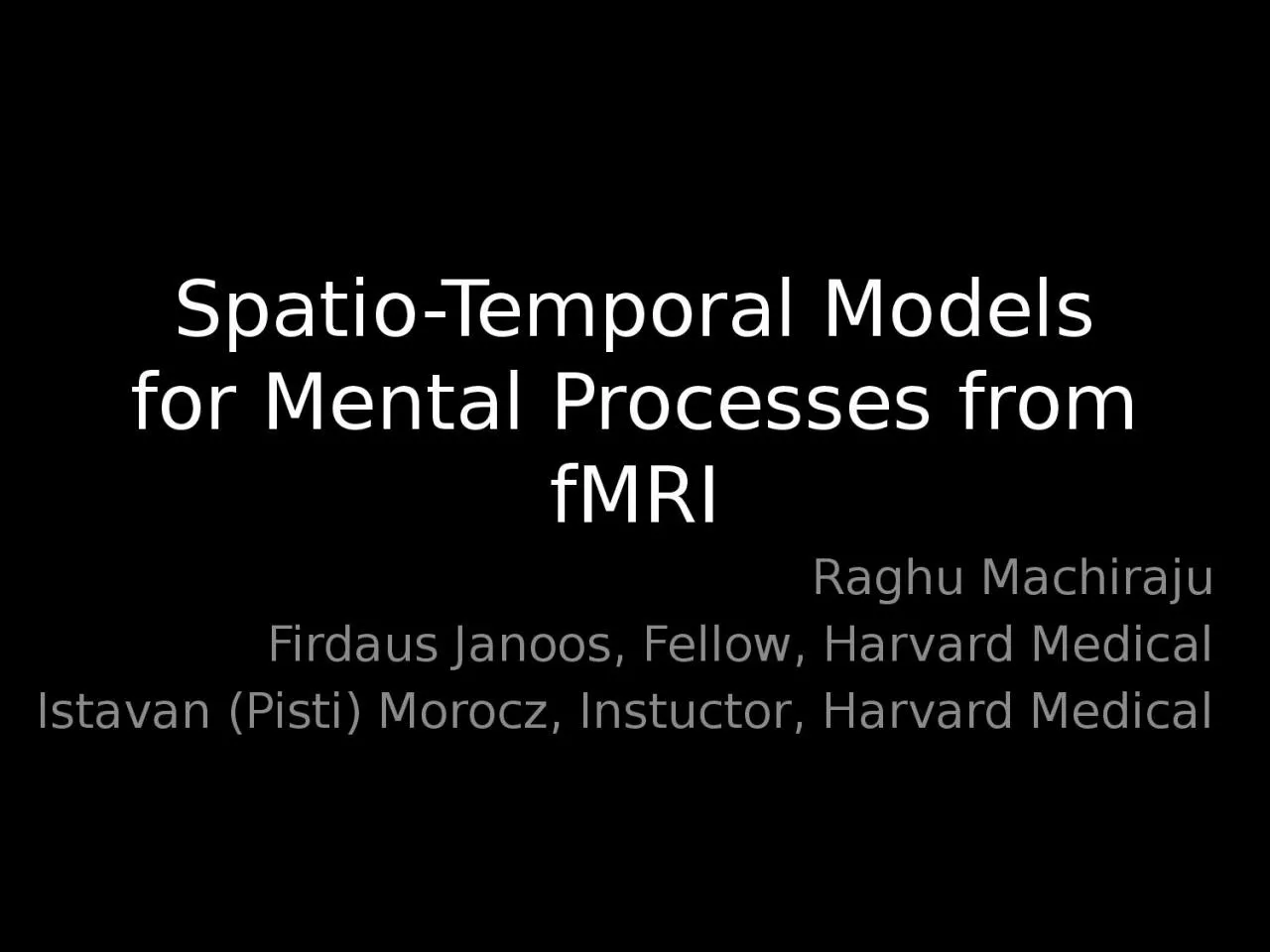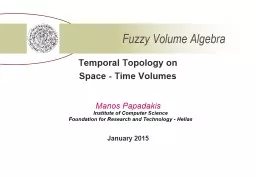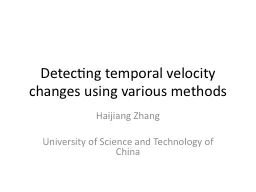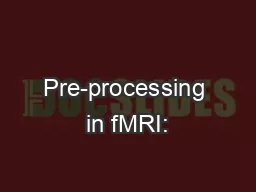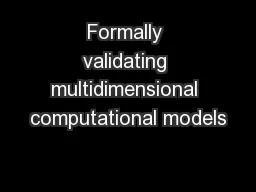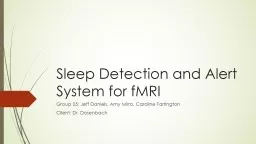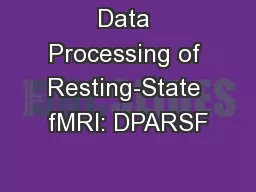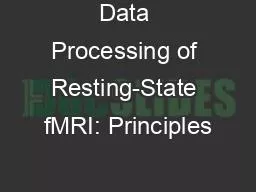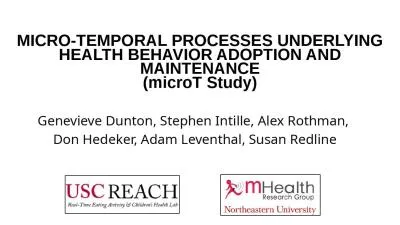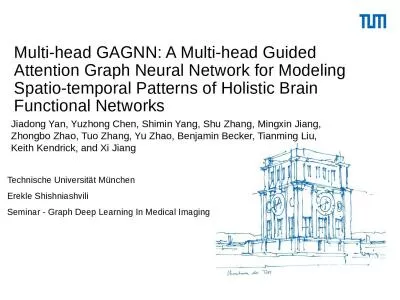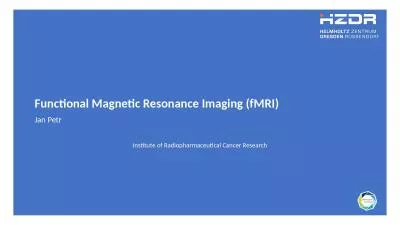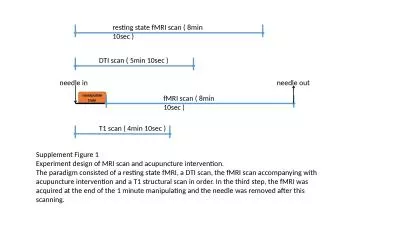PPT-Spatio-Temporal Models for Mental Processes from fMRI
Author : pagi | Published Date : 2024-03-13
Raghu Machiraju Firdaus Janoos Fellow Harvard Medical Istavan Pisti Morocz Instuctor Harvard Medical Premise Understanding the mind not only requires a
Presentation Embed Code
Download Presentation
Download Presentation The PPT/PDF document "Spatio-Temporal Models for Mental Proces..." is the property of its rightful owner. Permission is granted to download and print the materials on this website for personal, non-commercial use only, and to display it on your personal computer provided you do not modify the materials and that you retain all copyright notices contained in the materials. By downloading content from our website, you accept the terms of this agreement.
Spatio-Temporal Models for Mental Processes from fMRI: Transcript
Download Rules Of Document
"Spatio-Temporal Models for Mental Processes from fMRI"The content belongs to its owner. You may download and print it for personal use, without modification, and keep all copyright notices. By downloading, you agree to these terms.
Related Documents

